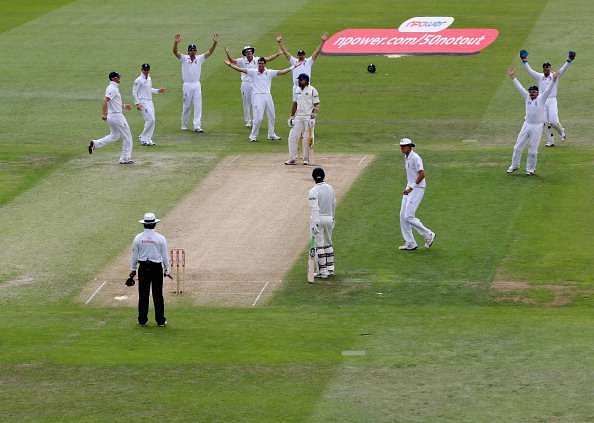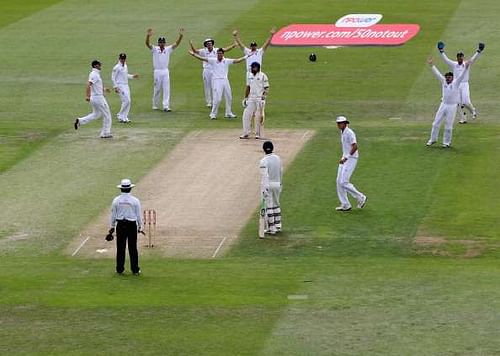
No HotSpot in DRS package for India-England Test series
Despite the BCCI agreeing to utilize the Decision Review System (DRS) for the upcoming Test series between India and England, HotSpot technology will not be amongst the tools available to help the umpiring process. The major reason behind the development is logistical which now means UltraEdge will be used to adjudicate leg-before, bat-pad and caught-behind appeals.
BCCI were slow to act
Last month, the board had apparently called for equipment related to HotSpot and Realtime Snicko from the relevant proprietors though they were still debating whether to use those tools for DRS or rather continue to help in enhancing broadcast coverage.
Though BCCI finally decided to have DRS for the 5-Test series on a trial basis, they were informed that the hardware could not arrive in India until at least the middle of November.
Another scenario indicated that the wait could be extended to February for both HotSpot and Realtime Snicko to be set-up in a cohesive manner. Since the cameras employed for HotSpot belong to the military-grade category and are primarily manufactured in Australia, transportation to foreign countries requires special clearance from the Australian government.
The first Test of the India-England series begins on November 9 at the Saurashtra Cricket Association Stadium in Rajkot. As it was not feasible to settle the logistical process before the scheduled date, BCCI have opted to do away with HotSpot and rely on UltraEdge for DRS. While the former is an infra-red based imaging system and determines the area of contact between bat and ball, the latter is an upgrade over the normally used Snicko with an added capability to differentiate the various sounds on a more accurate basis.
An independent assessment by a team of engineers at the Massachusetts Institute of Technology (MIT) had allayed BCCI’s concerns regarding the ball-tracking system involved in DRS. By utilizing cameras with higher frame-rates, the reliability of the predicted path of the ball has been improved to a significant level.
Another bone of contention was the possibility of an operator mistake when determining the point of impact. But, the introduction of UltraEdge along with the facility to store data from every delivery helped convince the BCCI of the viability of DRS.
Also Read: DRS – What made BCCI give it a go ahead?
While conforming with the decision to use DRS, BCCI President Anurag Thakur had said, “We are happy to note that Hawkeye has institutionalized all the recommendations made by BCCI, and we confirm that this improved version of DRS will be used on a trial basis during the forthcoming series against England.”
“Based on the performance of the system and the feedback that we will receive, further continuation in forthcoming series will be decided. We recognize the enhanced role of technology in sport, and BCCI will lead such initiatives in coming days, and enrich the viewer experience,” he added.
HotSpot controversy
It must be noted that when India previously played a Test series involving DRS (against England in England during 2011), they were left unhappy with HotSpot following a controversy created by the hosts. Former skipper Michael Vaughan accused VVS Laxman of applying Vaseline to the edge of his bat in order to deceive HotSpot while Stuart Board admitted to examining the veteran’s bat after a caught-behind appeal was turned down.
Though the manufacturers of HotSpot brushed aside those allegations by issuing a statement that the system could not be impacted by external substances, the incident left a sour taste in the mouth and only strengthened BCCI‘s apprehensions towards DRS until recently when they changed their minds to use the system for the forthcoming Test series.
